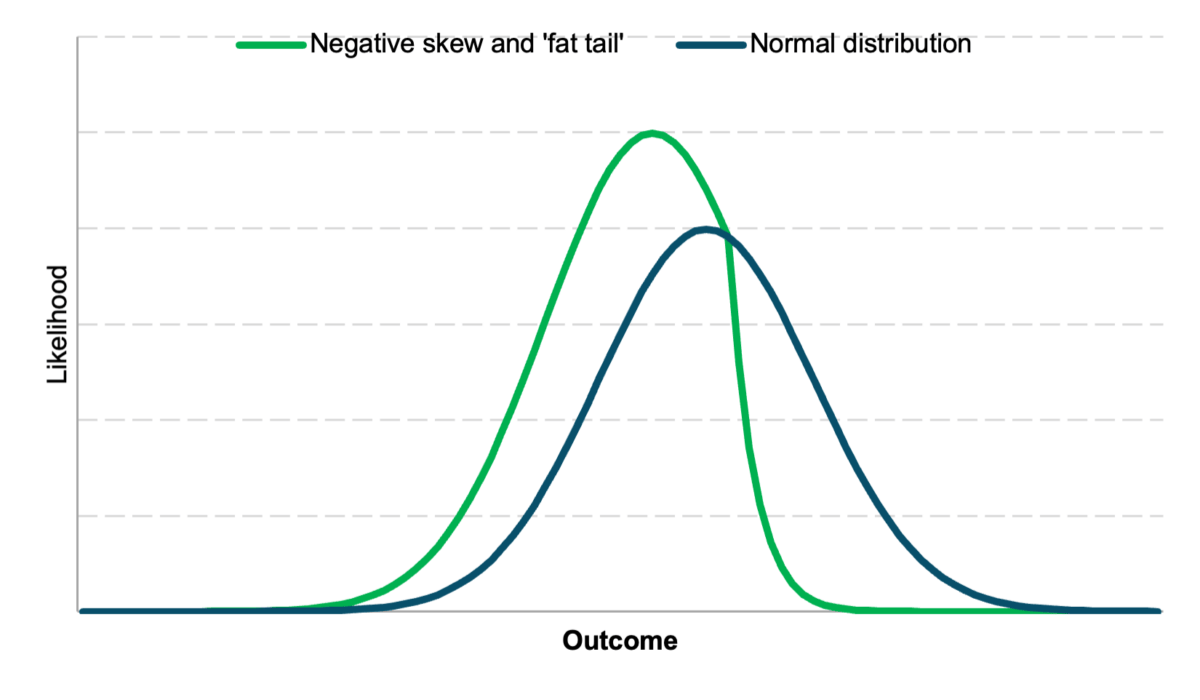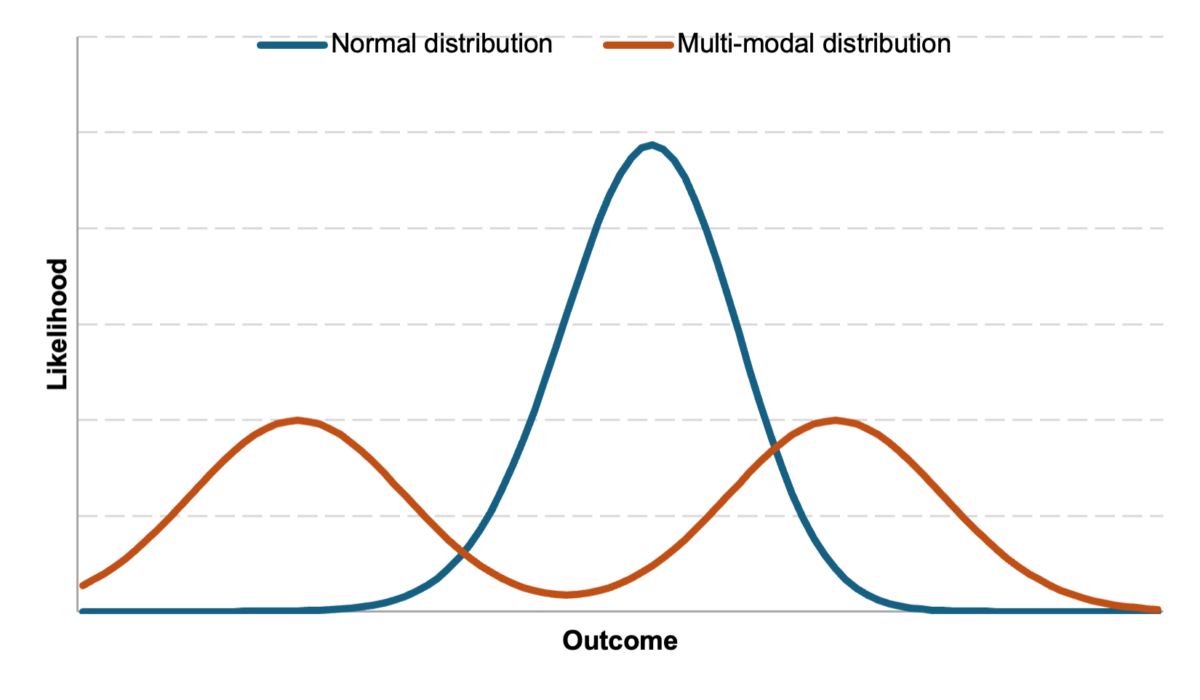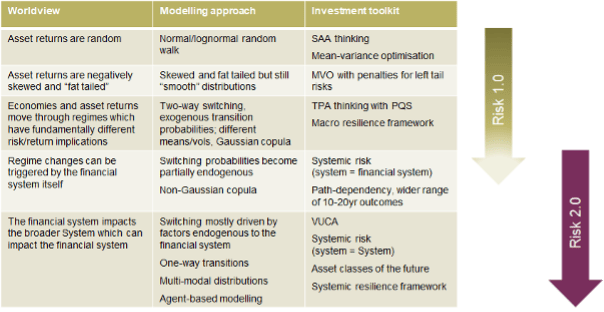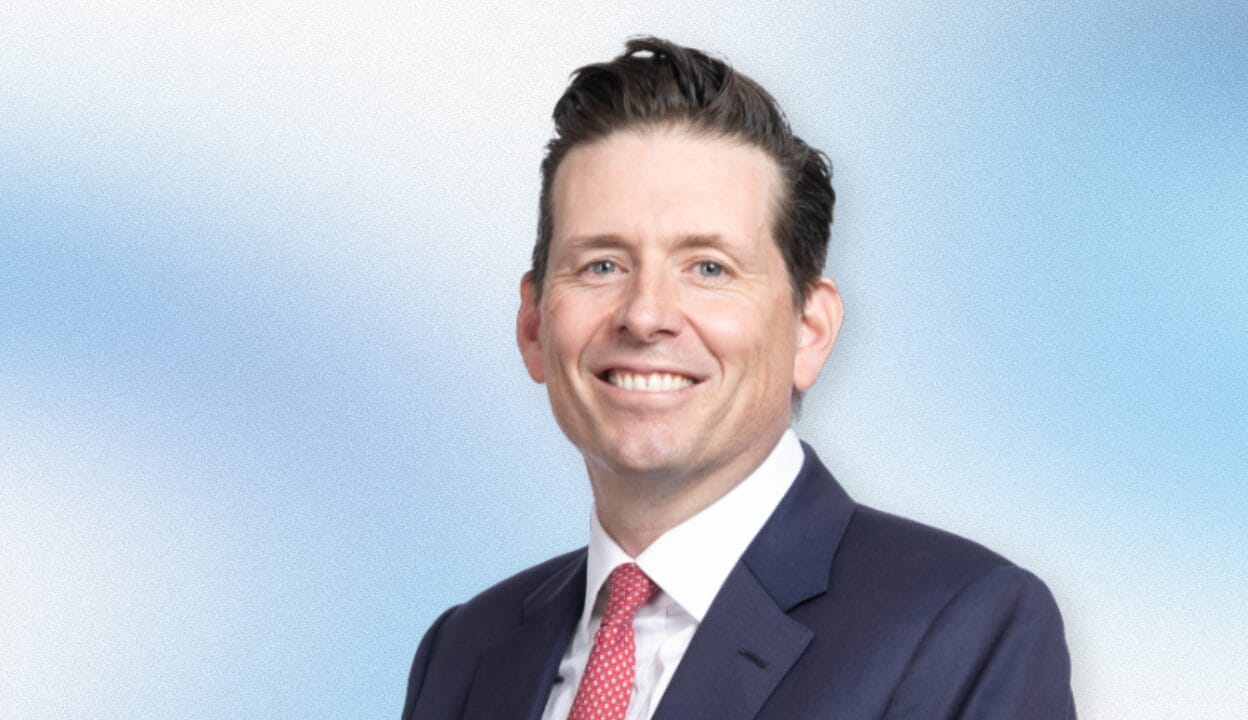In September, the board of the $28 billion West Virginia Investment Management Board agreed to divest Chinese state-owned companies from its portfolio, six months after the motion was put forward by Governor Patrick Morrisey who called the Chinese Communist Party “our biggest geopolitical foe” posing “a national security risk to West Virginians and Americans”.
With an effective exposure of around $77 million, chief investment officer Craig Slaughter says the divestment’s impact will be “de minimis” but he has reservations about the decision for a couple of reasons.
He says it is one of the rare occurrences where a motion was approved by the board without staff or consultant endorsement. It is at odds with the fund’s long-term approach whereby individual managers are given the discretion to make specific investment decisions with the fund handing out broad mandates.
Two external managers, Axiom Investors and Numeric Investors, look after the fund’s emerging markets allocation where most of the Chinese exposure sits. Slaughter says those managers can handle the change without significant disruption, for example, by replicating the same beta in a portfolio without state-owned entities. Ultimately, how the $77 million will be reinvested is up to the managers.
“For us to overlay our opinion on that [mandate] assumes that we have a better understanding than the managers of what the risks and rewards are with respect to those geographies,” he tells Top1000funds.com in an interview from the fund’s Charleston office.
“Conceptually, it just doesn’t make sense for us to do that, unless we did it all the time.”
With $550 million in Chinese listed equities as of June 2025, China was the fund’s largest single country exposure outside of the US, accounting for 13 per cent of the $3.2 billion international equities allocation.
State-owned entities are generally not the most attractive companies in China but occasionally valuations can make them attractive buys, Slaughter says.
While the basis for excluding China might be ideological or its capital market structure, he believes there are plenty of other countries which share similar issues.
“Are we going to divest from all these other places too? If the answer is yes, and I do believe some of my peers have done something like that, then that would be intellectually consistent,” he argues.
“But not to do it and just choose one geography [to exclude] seems to be logically problematic.”
The China divestment directive came from Governor Morrisey who not only sits on the 13-person board, but also appoints the 10 members who are not elected officials.
The bigger issue
Slaughter voiced similar concerns around the independence of retirement plans in 2023 when West Virginia’s Republican government introduced legislation limiting the WVIMB’s discretion with regard to proxy voting to foreclose any consideration of ESG criteria. [See The politicisation of investments at US public funds].
Slaughter sees the China divestment directive as tangentially related to the biggest long-term threat currently facing investors: a “decline in liberal democracy, which means a decline in the vitality of capitalism. That ultimately means less wealth for everybody”.
“Liberal democracy limits State power over private rights. The integrity of those limits is critical to capital as much as to individuals,” he says.
“Any uncertainty in the application of the rules of this [liberal democracy] system makes it less efficient. Less efficiency means less production and less wealth.
“We’ve seen a decline in liberal democracy around the globe, including the US,” he says. One manifestation of the risk is when corporations that have operations in the US stop investing capital and growing their operations because rules around trade and foreign investments are changing “in a chaotic fashion”, Slaughter says.
Companies that have been heavily reliant on global supply chains have been hit in the past year, due in part to President Trump’s volatile trade policies. For example, Nike and Ford have projected billions of dollars in losses from US tariffs in their latest earnings.
“I would expect that a lot of companies are sitting on their hands because they don’t know where things are going,” Slaughter says.
With that said, Slaughter is not planning on making significant changes to the asset allocation. The fund does not manage any capital in-house, leaving micro-level security selection decisions to external managers, while it focuses on the macro-level decisions with a focus on the long-term.
“We rely on equity exposure to generate return over the long run, and we plan to stay with it. We’ve consistently maintained more or less the same strategy for many, many years. The movement away from liberal democracy is a structural problem that will play out over the long term, most likely impacting markets at a somewhat glacial pace,” he says.
Managing market volatility is, for the WVIMB, really about managing stakeholder expectations, in Slaughter’s view. The fund invests on behalf of some 25 pension plans, insurance funds and endowments among which the biggest is the $10 billion Teachers’ Retirement System.
“Our view is if we can maintain our strategy over the long term, we’ll be winners. When markets are exceedingly difficult for a long period it is a challenge but one we think we can manage.
“My message would be that, as investors, we can probably expect lower returns if this decline in liberal democracy and the efficiency of capitalism persists. We try to make sure that stakeholders know that, so that if things do go south and stay that way for a while, we can manage expectations and maintain the portfolio until things change.”





